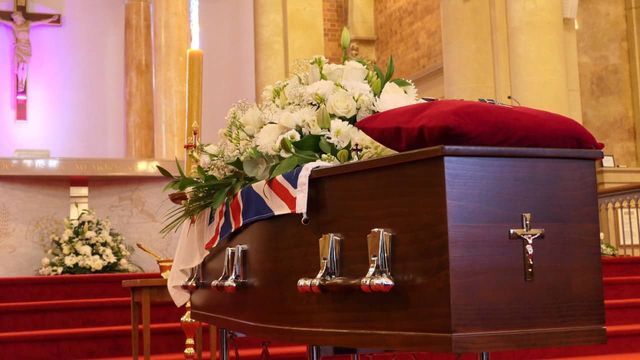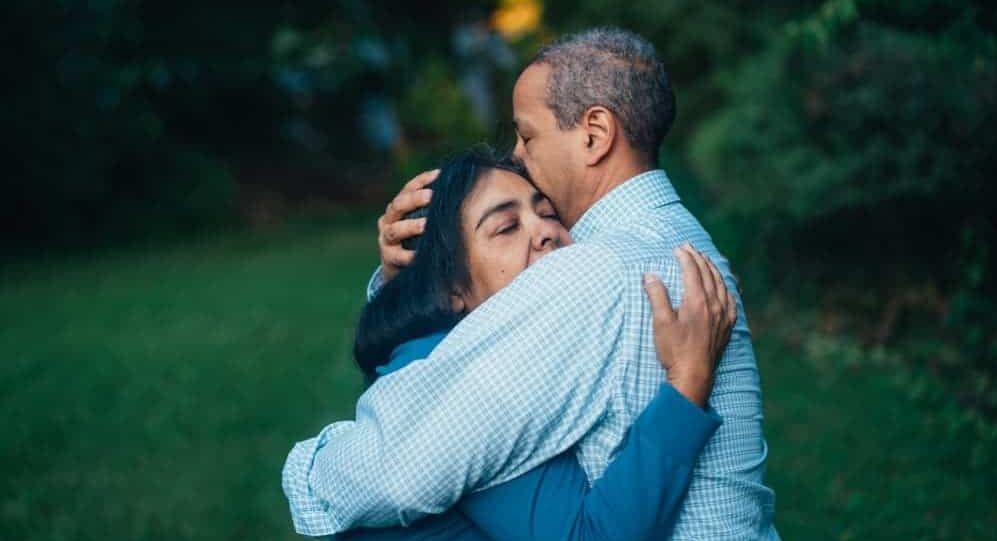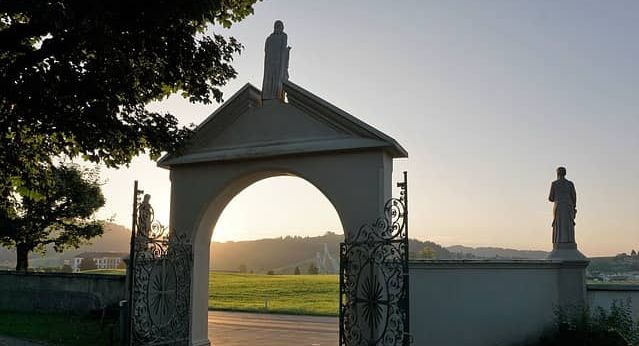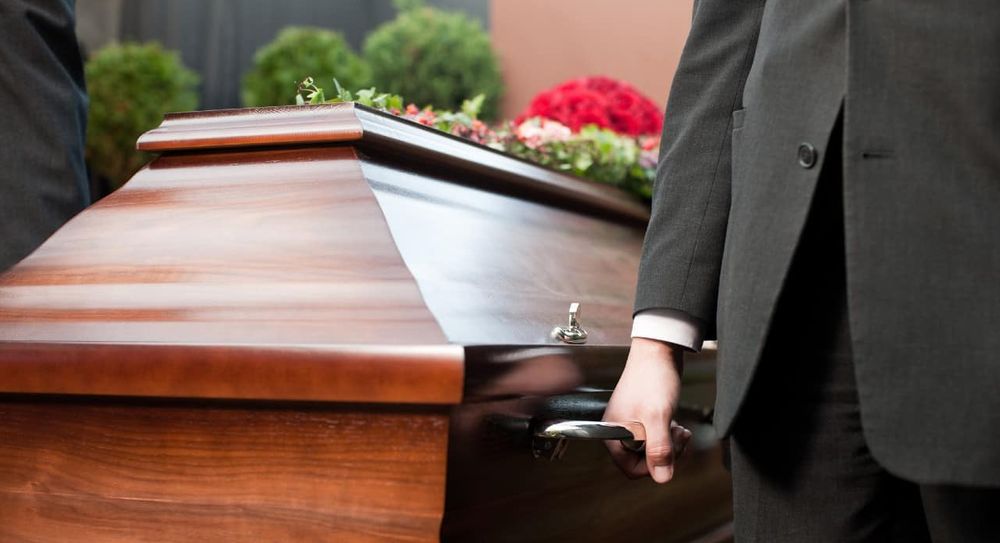After the death of Queen Elizabeth II on 8th September 2022 the world witnessed her state funeral. But what does it mean to have a state funeral? And who gets to have one? We’ll take a look at the significance of a state funeral and what exactly happens during one.
What’s a state funeral?
In the UK, a state funeral is a ceremonial funeral held for either the head of state or someone of national importance. A state funeral involves large-scale military processions and other traditions first seen at Queen Victoria’s state funeral in 1901. For example, flags on state buildings fly at half-mast and a 21-gun salute usually takes place as a sign of respect. A more modern tradition is the ringing of Big Ben – it’ll ring the same number of times as the number of years the monarch lived.
Who gets a state funeral?
State funerals are usually only held for the monarchy in the UK. But there have been times in the past when state funerals have been awarded to other important UK figures, such as Winston Churchill.
What happens at a state funeral?
At a state funeral the coffin is transported on a gun carriage and accompanied by the military. The military procession (also known as a cortège) escorts the coffin to Westminster Hall in the Houses of Parliament. Here, the coffin lies in state. This is when the coffin is put in a state building. It’s an opportunity for the public to visit the coffin and pay their respects to the person who died. The Orb and Sceptre of the monarch is then placed onto the coffin.
After this, the funeral procession takes the coffin from Westminster Hall to the funeral service. Historically in the UK this has been either Westminster Abbey or St Paul’s Cathedral. Once the funeral service takes place another procession will take the coffin to the burial service. The person of national importance will then be put to rest.
How long is a state funeral?
State funerals usually take place over several days. After the death of Queen Elizabeth II there was a 10-day period of national mourning. The first of the funeral processions actually started on 11th September 2022 in Scotland where she passed away. Ceremonial events continued in London from 14th September including lying in state at Westminster Hall. The funeral service and burial took place on 19th September.
What’s the difference between a state and ceremonial funeral?
A ceremonial funeral is similar to a state funeral but are a few slight differences. State funerals usually only take place for reigning monarchs (although there are some exceptions), whereas ceremonial funerals take place for other members of the royal family.
A state funeral must also be debated and agreed in Parliament before it goes ahead. A ceremonial funeral doesn’t need to be agreed in Parliament.
Both types of funeral can have a military procession and lying in state. But during a ceremonial funeral procession the gun carriage which carries the coffin is pulled by horses. During a state funeral the gun carriage is pulled by Royal Navy sailors.
Here’s a list of notable people who’ve had ceremonial funerals most recently:
- Duke of Edinburgh (2021)
- Margaret Thatcher (2013)
- Queen Elizabeth The Queen Mother (2002)
- Diana, Princess of Wales (1997)
When was the last state funeral in Britain?
The last state funeral in Britain was for Queen Elizabeth II in September 2022. This was the first state funeral since Sir Winston Churchill’s in 1965. Even though he wasn’t a member of the royal family it was agreed that his contribution to the country during the Second World War should entitle him to a state funeral. The Queen said that the nation should “have the opportunity to express their sorrow over the wartime leader’s death”.
Who has had a state funeral?
All monarchs get a state funeral. But there have been instances where other people of national importance have been awarded a state funeral too. Here’s a list of notable people who had a state funeral in the UK but were not part of the monarchy:
- Winston Churchill (1965)
- The Lord Carson (1935)
- William Gladstone (1898)
- Isaac Newton (1727)
How much does a state funeral cost?
It’s not often that someone who’s not a monarch is given a state funeral. This is because state funerals are publicly funded and they cost a lot. The cost of Queen Elizabeth’s funeral hasn’t been reported. But it’s reported that Princess Diana’s ceremonial funeral cost between £3-5 million. It’s likely that the Queen’s state funeral will have cost significantly more than that.
Who organises a state funeral?
State funerals are organised by the Earl Marshal. They’re also responsible for coronations and the opening of Parliament. The Royal College of Arms, Parliament officials and the police are also involved in organising a state funeral. The official royal funeral director is Leverton and Sons. They’ve looked after state and ceremonial funerals since the early 90s.
Funeral Choice is a free online resource where you can browse local funeral directors to help you plan the send-off you want. You can also find funeral planning advice on our site.
Photo from iStock.





